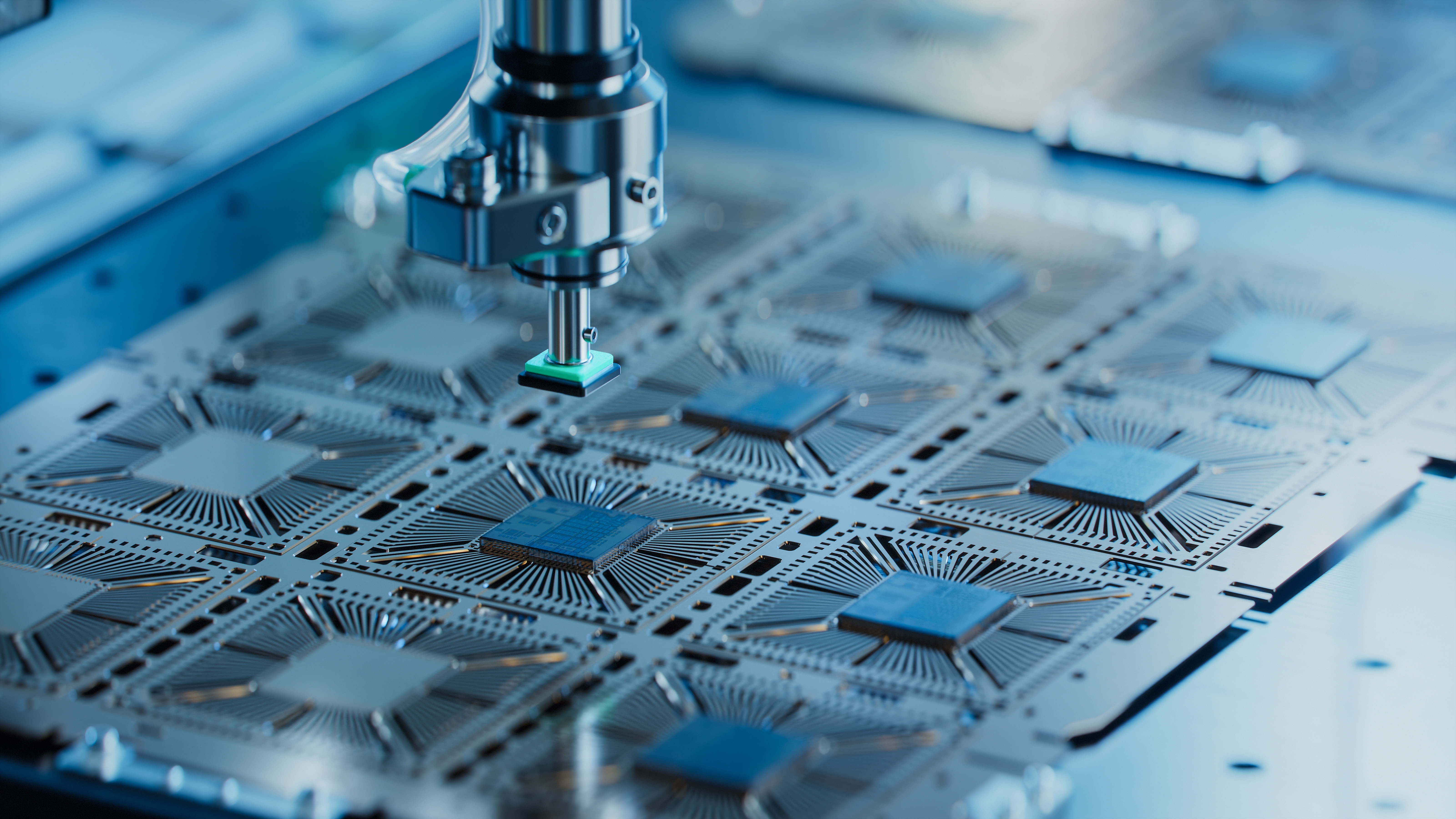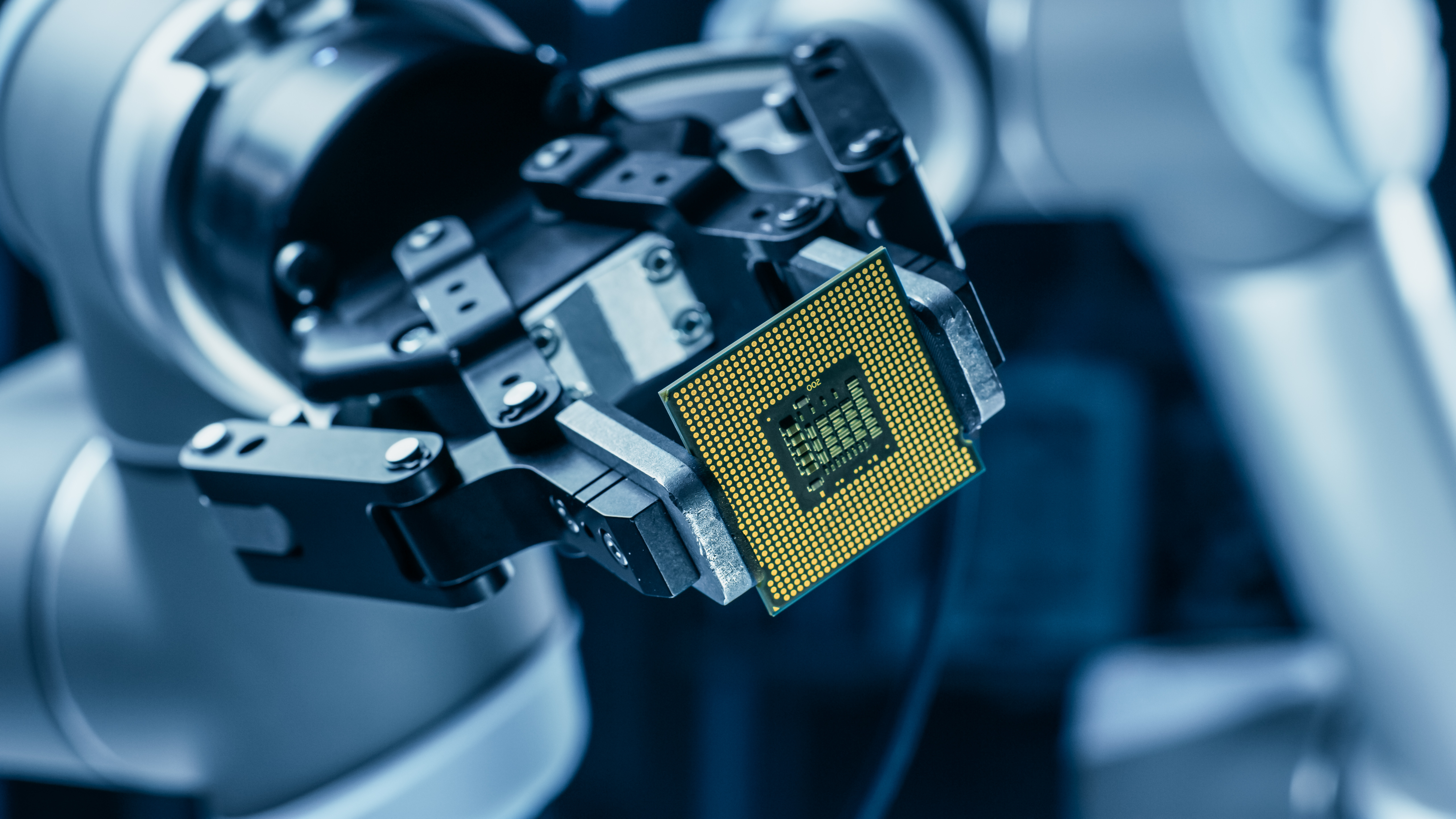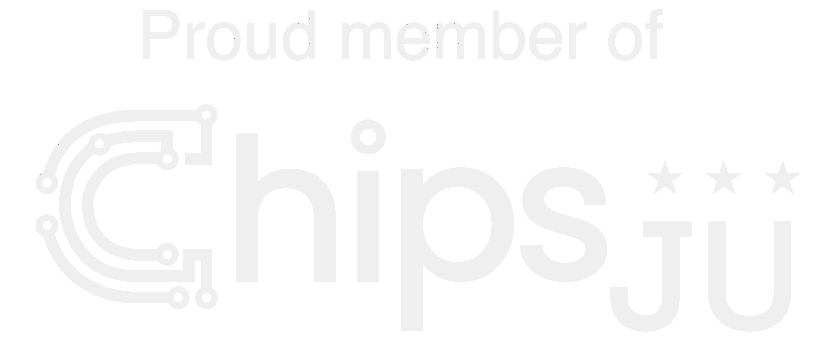The global chip supply crisis shows no signs of slowing down, yet semiconductor manufacturers are pushing forward with innovative software and hardware strategies to stay ahead of the curve. As demand surges for AI-driven computing, custom silicon, and memory-intensive chips, the industry is shifting towards a more integrated, software-first approach.
But can this be enough to navigate the storm of geopolitical tensions and trade restrictions?

The Geopolitical Struggle Behind Semiconductor Supply Chains
According to Capgemini’s report The Semiconductor Industry in the AI Era, the industry is facing unprecedented challenges. International trade disputes, export restrictions, and escalating tensions between major players like the U.S. and China are disrupting the flow of critical semiconductor components. The report highlights that over a dozen consumer supply networks reliant on Taiwan Semiconductor Manufacturing Company (TSMC) could face severe disruptions in the event of military escalation in the region.
Trade restrictions and regulatory hurdles have further complicated matters, limiting access to essential materials and advanced chip technologies. With global supply chains under pressure, nations are prioritizing domestic semiconductor production, creating a fragmented but fiercely competitive market.
AI and Custom Silicon: The Next Frontier
Despite these hurdles, semiconductor companies are accelerating innovation, particularly in AI-focused processing. The Capgemini study, which surveyed 250 semiconductor firms and 800 organizations using semiconductors in their products, found that:
- 58% of semiconductor companies anticipate increased demand for neural processing units (NPUs) due to the rapid adoption of generative AI (GenAI).
- 57% foresee a rise in demand for high-performance chips.
- 56% expect a greater need for memory-intensive chips to support data-heavy applications.
This shift signals a growing focus on custom silicon and highly optimized software to maximize efficiency and performance. In the race to lead the AI revolution, generic, one-size-fits-all chips are becoming obsolete, making way for domain-specific accelerators tailored for AI, IoT, and edge computing.


Software as the Key Differentiator
Custom silicon alone is not enough—software co-optimization is becoming the key to unlocking next-generation chip performance. According to Jiani Zhang, Executive Vice President and Chief Software Officer at Capgemini Engineering, the ability to integrate domain-specific software with hardware accelerators will define industry leadership.
“With the growing complexity of AI, IoT, and edge computing applications, the ability to integrate domain-specific software with hardware accelerators will define leadership,” Zhang states. “To stay competitive, semiconductor players must embrace co-optimization across the stack, from chip architecture to application interfaces, ensuring they can meet the escalating demands of data-intensive, low-latency markets.”
The Path Forward: Sustainability and Security in Chip Design
While the demand for AI and custom chips is expected to rise over the next year, the semiconductor industry must capitalize on emerging opportunities beyond hardware advancements. The future of semiconductor leadership will depend on:
- Investment in AI-powered fabrication – Cutting-edge design and manufacturing processes driven by AI and GenAI will be crucial in delivering next-gen chips at scale.
- Sustainable manufacturing practices – With increasing pressure for greener technology, companies must adopt energy-efficient, low-waste production methods.
- Enhanced security – As chips become more integral to critical infrastructure, protecting intellectual property and securing semiconductor supply chains will be vital.

The ‘Chip-to-Industry’ Approach
Brett Bonthron, Global High-Tech Industry Leader at Capgemini, suggests that semiconductor companies should adopt a ‘chip-to-industry’ mindset that aligns hardware with software-centric capabilities.
“GenAI is driving accelerated demand for chips, and semiconductor companies face increasing demands from customers who want more personalized and software-centric experiences,” Bonthron explains. “The industry should see this as an opportunity to ramp-up production and adopt a ‘chip-to-industry’ approach that supports a full-stack, ‘software-first’ set of capabilities.”
Looking Ahead: The Future of Semiconductor Innovation
As the semiconductor industry stands at the crossroads of innovation and geopolitical challenges, one thing is clear: the future belongs to those who can seamlessly integrate custom silicon with cutting-edge software. By investing in AI-driven fabrication, sustainable production, and robust security frameworks, chip manufacturers can not only survive but thrive in the AI era.
The next generation of chips isn’t just about raw processing power—it’s about intelligent design, seamless software integration, and strategic industry collaboration. The companies that recognize this shift will define the future of computing.



Leave a Reply